Farming
Bringing back beaver

PLANS to reintroduce beavers to the Cors Dyfi Nature Reserve have been criticised by the local branch of the FUW.
The Montgomeryshire branch of the union described the plans as ‘a short-sighted move’.
FUW Montgomeryshire County Executive Officer Emyr Wyn Davies said: “We believe there is insufficient evidence to conclude that this animal does not pose a threat to livestock and the people living here, including bringing disease into the area. That’s just one of many concerns and we are extremely worried about this short sighted move.”
Other concerns raised by the FUW about the reintroduction of the beaver include the animals damming watercourses, which could severely impact the adjacent agriculture land; the risk of the animals escaping their enclosure and the low lying levels of the Dyfi, which are already prone to flooding through natural means – the introduction of an animal which dams watercourses by instinct is likely to exacerbate the flooding propensity for this area.
Emyr Wyn Davies continued: “We must also consider what happens if a landholding in close proximity to the proposed enclosure enters a Welsh Government agri-environment scheme to increase biodiversity habitats by tree planting and on a Welsh Government inspection is found to be in breach of contract because of vegetation damage by beaver activity – which organisation compensates the at loss landowner?
“Furthermore, will NRW have a legal obligation to monitor and clear debris entering water courses as a direct result of beavers felling timber?” Mr Wyn Davies questioned.
He added that whilst the farming community is supportive of increasing biodiversity and habitats, this must not come at the expense of people living in an area.
“Let’s also not forget the ambulances getting through to Bronglais Hospital on a stretch of road next to the proposed release site that’s only just stopped flooding whenever it rains – the alternative is a 60 mile detour!”
Reintroducing a species which has been absent for over 400 years is a challenging project from an ecological and social perspective.
Over such a timescale, the ecosystem and its biodiversity have changed considerably due to a host of natural and anthropogenic drivers. Moreover, people have forgotten that beavers were a natural ecosystem component and so species that have been absent for hundreds of years may now be considered as invaders or intruders despite being originally native.
There have been more than 200 formal beaver reintroduction projects (plus numerous unofficial releases) in more than 26 European countries.
Beavers are often referred to as ‘ecosystem engineers’. They make changes to their habitats, such as digging canal systems, damming water courses, and coppicing tree and shrub species, which create diverse wetlands. In turn these wetlands can bring enormous benefits to other species, such as otters, water shrews, water voles, birds, invertebrates (especially dragonflies) and breeding fish.
However, through their activities, there’s the potential for beavers to come into conflict with land management, flood defence and fisheries interests
Additional problems arise when so-called ‘re-introducers’ release species into the wild unchecked and outside the stringent statutory procedures regarding wild animals return to UK habitats.
The reintroduction of beavers into the Scottish countryside almost came unglued after the unauthorised and unmonitored release of beavers to waterways around Tayside.
With regard to the illegal releases on the Tay, both the reintroduction process and the government’s response in Tayside (the Scottish Government declined to act) had been responsible for fuelling the conflict there.
Previous deliberate and ultimately disastrous introductions of non-native animal species into the Welsh countryside, for example mink, have also undermined the case for reintroducing once-native species.
In beavers’ case, the issue isn’t just about the reintroduction of a species – it’s about the reintroduction of an entire ecosystem that disappeared over 400 years ago..
Those who support beavers’ reintroduction say it will benefit both farmers and wildlife because beaver dams help reduce downstream flooding by holding back water and releasing the water slowly after heavy rain while reducing silt build-up.
However, research into Scottish releases revealed that among those opposed or sceptical about beavers’ reintroduction, identified that while projects listed ‘desired outcomes’, none of them considered what to do if those ‘desired outcomes’ were not achieved. The need to control beavers, their spread and absence of long-term funding for their management was also a concern.
Reintroductions involve humans. Individuals or groups carry out these projects which, in turn, have an effect on landscapes and the way they are being inhabited, used or simply perceived. In light of this, any reintroduction project is challenging. It implies looking at a specific species, its effects on the environment and people’s perceptions and acceptance of it. It also requires engaging in effective discussions which involve all the actual and potential stakeholders, without labelling them, to agree on a broad and long-term plan for the landscape.
The lack of trust between wildlife/conservation groups and farmers is the largest barrier to reintroductions’ success. In the case of the Dyfi Biosphere, the controversial Summit to Sea project drove a wedge between local farmers and projects involving species’ reintroduction which will take many years to resolve.
Farming
Basic Payment Scheme 2025 balance paid to 95% of Welsh farmers
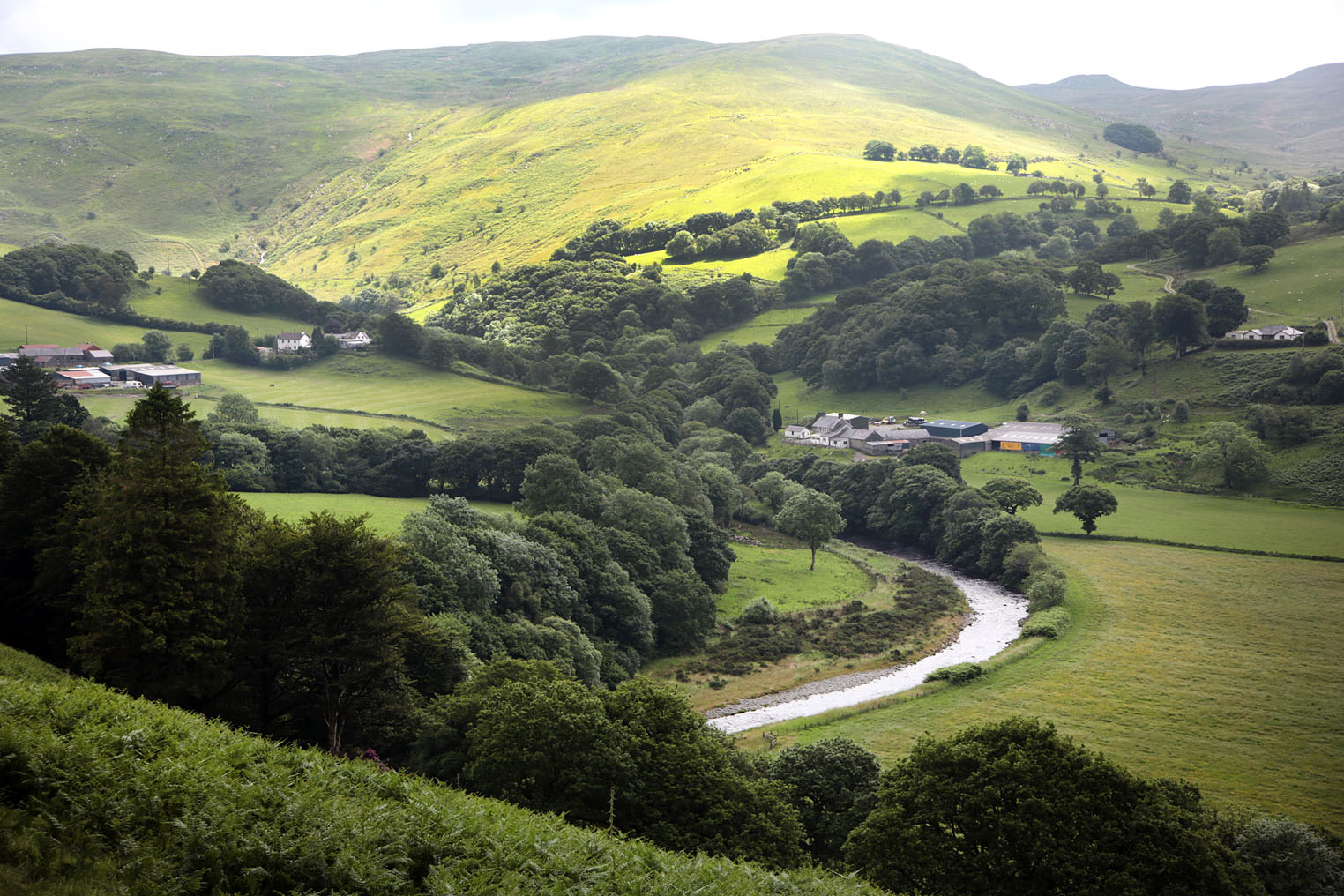
Final year of BPS as transition to Sustainable Farming Scheme begins
The WELSH Government says more than ninety-five per cent of farm businesses have now received their full or balance payment under the final year of the Basic Payment Scheme (BPS), ahead of the introduction of the new Sustainable Farming Scheme (SFS) in 2026.
Announcing the update on Friday (Dec 12), Deputy First Minister and Cabinet Secretary for Climate Change and Rural Affairs, Huw Irranca-Davies, confirmed that over 15,400 Welsh farm businesses have been paid £68.7m. This comes on top of the £160m issued in BPS advance payments since 14 October.
Final round of BPS payments
The Basic Payment Scheme, which has been the backbone of farm support in Wales for a decade, provides direct income support to help farmers plan and manage their businesses. BPS 2025 marks the last year in which full BPS payments will be made before the scheme begins to be phased out.
The Cabinet Secretary said officials would “continue to process the outstanding BPS 2025 claims as soon as possible,” adding that all but the most complex cases should be completed by 30 June 2026.
Payments issued today represent the main balance due to farmers following earlier advances, giving many businesses the cash flow they need during the quieter winter period—traditionally a challenging time in the agricultural calendar.
Shift to Sustainable Farming Scheme in 2026
From 1 January 2026, the Welsh Government will begin rolling out the Sustainable Farming Scheme, a major reform to how agricultural support is delivered. The SFS will reward farmers for environmental outcomes such as habitat management, carbon reduction and biodiversity improvements, alongside continued food production.
The government has argued that the new scheme is essential to meeting Wales’ climate and nature targets while ensuring long-term resilience in the sector. However, the transition has been closely watched by farming unions, who have raised concerns about the administrative burden, income stability, and the speed at which BPS is being phased out.
Mr Irranca-Davies reaffirmed the government’s stance, saying: “This government is steadfastly committed to supporting Welsh farmers to sustainably produce quality food. This is demonstrated today in our payment of the BPS 2025 balance payments and will continue throughout the transition period.”
Sector reaction
Farming unions are expected to scrutinise the detail of today’s announcement, particularly around remaining unpaid cases. Last year, late payments led to frustration in parts of the sector, with unions calling for greater certainty as the industry faces rising input costs, supply chain pressures and continued market volatility.
The move to the SFS remains one of the most significant agricultural policy changes in Wales since devolution. Ministers insist the shift is designed to support both food production and environmental stewardship, while critics warn the transition must not undermine farm viability—especially for family-run livestock farms that dominate rural areas such as Pembrokeshire, Ceredigion and Carmarthenshire.
What happens next
Farmers still awaiting their BPS 2025 balance will continue to be processed “as soon as possible”, the Welsh Government said. Officials will also publish updated guidance on the Sustainable Farming Scheme ahead of its launch.
The coming year will therefore become a pivotal moment for Welsh agriculture, as the long-standing BPS framework—which provided over £200m annually to Welsh farmers—makes way for a new results-based model that will shape the industry for decades to come.
Community
Wolfscastle farm’s new shed sparked ‘noise nuisance’ claims
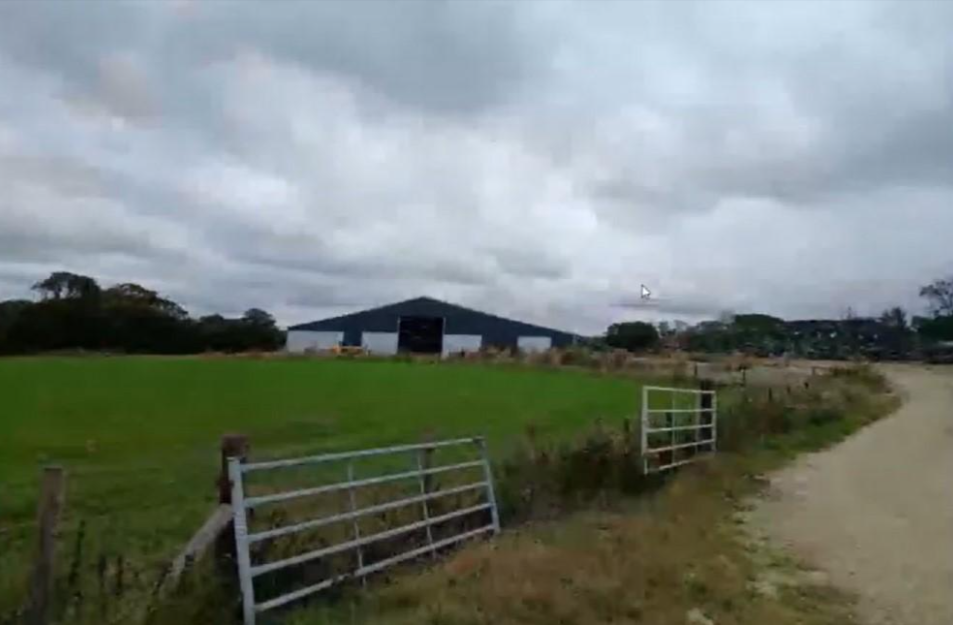
A PEMBROKESHIRE farmer “jumped the gun” in his enthusiasm to build a new cattle shed which includes ‘robot slurry scrapers’ that have been causing a noise nuisance for neighbours, county planners heard.
In a retrospective application recommended for approval at the December meeting of Pembrokeshire County Council’s planning committee, Aled Jenkins sought permission for a replacement cattle housing and silage clamp at Upper Ty Rhos, Wolfscastle.
An officer report said Upper Ty Rhos consists of a herd of 630 youngstock beef cattle, the applicant seeking permission for the replacement 100-metre-long cattle housing building.
It said the building benefits from a robotic scraping system to internally clean it to improve animal welfare and efficiency.
However, the slurry scraper system in operation has been found to constitute a statutory noise nuisance.
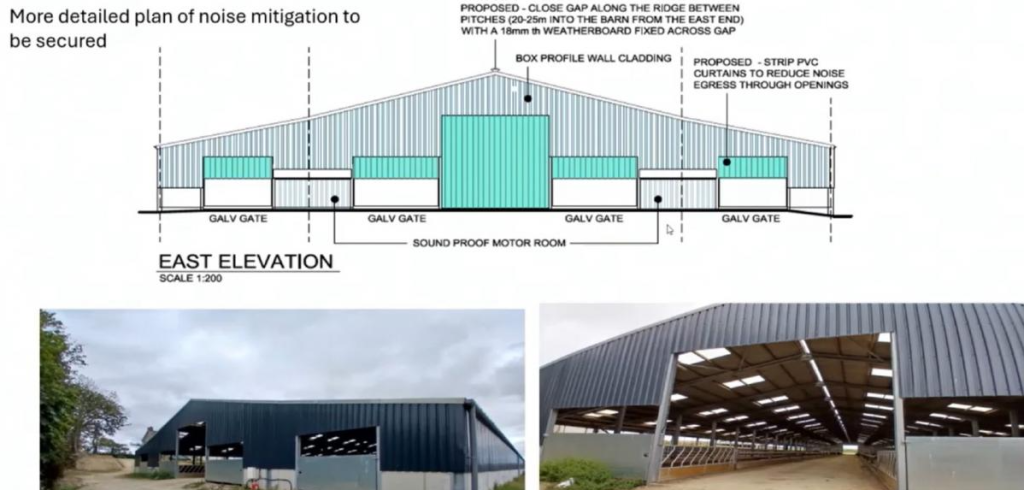
“The introduction of the slurry scraper system has resulted in a new noise source to the locality that is having a significant detrimental impact upon local amenity. The nuisance noise is directly associated with the extended hours of operation of the slurry scraper system and the noise created by the two motors powering the system including the drive mechanism that moves the scraper through the building to remove slurry produced by the housed cattle.
“To further exacerbate the situation, the building has open voids to the eastern gable end, which is within close proximity to the neighbouring property resulting in the building being acoustically weak.
“An acoustic report has been submitted with mitigation methods provided including relocating motors and associated equipment into external enclosures, reduction of noise egress through openings by installing hit-and-miss louvres and/or PVC strip curtains and consideration of blocking the gap between roof pitches along the ridge of the building.”
Three letters of concern were received from members of the public raising concerns including visual and environmental impact, noise issues and a potential for the herd size to increase.
Speaking at the meeting, neighbour Dr Andrew Williams, who stressed he was not seeking to have the shed removed, raised concerns about the noise from the ‘robot scrapers,’ exacerbated by cattle being concentrated in the immediate area from the wider farm complex.
Agent Wyn Harries addressed concerns about the retrospective nature was a result of over-enthusiasm by his client who “jumped the gun”.
He said there was now a scheme that was “fully worked through,” dealing with noise and other issues.
Members backed approval, which includes noise mitigation to address the impact of the robot scrapers; one member, Cllr Tony Wilcox, abstaining on the grounds of the retrospective native of the building “the size of a football field”.
Farming
FUW urges government action as plunging dairy prices threaten family farms
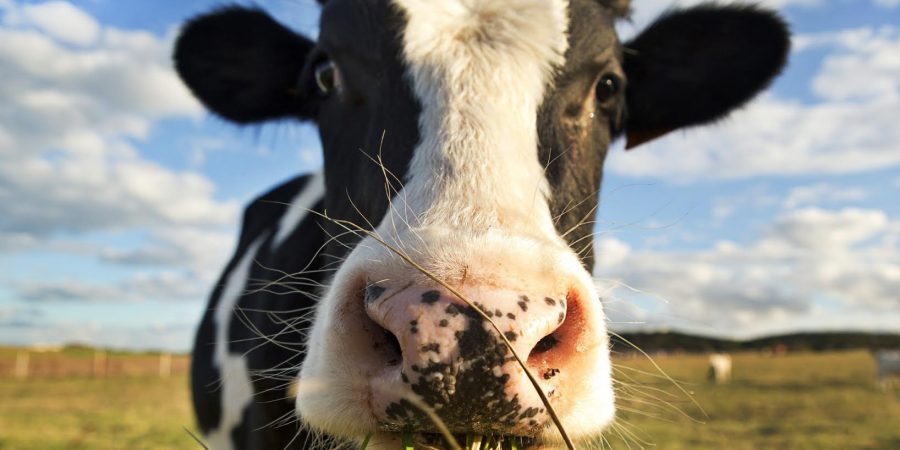
THE FARMER’s UNION OF WALES has sounded the alarm over a sharp and sustained collapse in dairy prices, warning that the situation is placing intolerable pressure on family farms already grappling with regulatory change, rising costs and wider economic uncertainty.
The Union convened an emergency meeting of its Animal Health and Dairy Committee last week to assess the scale of the crisis. Representatives from across Wales reported widespread anxiety, with many members seeing milk prices fall dramatically through the autumn. Processors are now signalling further cuts in early 2026, while commodity markets offer little sign of stability heading into spring.
Farmers, fearful of jeopardising commercial relationships, have approached the FUW confidentially to express grave concern about projected milk payments for the coming months. Many say the offers being made will fall far below the cost of production.
Average milk prices are forecast at just 30–35 pence per litre, against estimated production costs of 39–44 pence per litre (Kite Consulting). On current trajectories, the FUW warns a typical Welsh dairy farm could lose thousands of pounds per month for as long as the downturn persists.
Following its committee meeting, the Union raised the matter directly with Deputy First Minister Huw Irranca-Davies MS during talks in Cardiff on Wednesday, December 3. Officials stressed the immediate threat facing family-run dairy farms and called for urgent consideration of government support to prevent long-term damage to the sector.
Gerwyn Williams, Chair of the FUW Animal Health and Dairy Committee, said the pace of the price crash was “unprecedented”.
“Farmers are facing an impossible situation where input costs remain high while the value of their product plummets. The viability of many family farms is now at serious risk. We need immediate assurances that this crisis is being treated with the urgency it deserves.
“Some can weather a short storm, but rumours that this could continue into summer 2026 will see businesses shut. These modest family farms have already invested heavily to meet regulatory requirements. Cuts on this scale will severely impact their ability to service repayments.”
FUW Deputy President Dai Miles warned that the consequences extend far beyond farm gates.
“Dairy farming underpins thousands of jobs in Wales and is central to the economic, social and environmental fabric of rural communities. When prices fall this sharply, it isn’t just farmers who suffer — local businesses, services and entire communities feel the impact.
“We have made it clear to the Deputy First Minister that government must work with the industry to provide immediate stability and a long-term resilience plan.”
The FUW says it will continue to work with the Welsh Government, processors and supply-chain partners to seek solutions and secure fair, sustainable prices for producers.
-

 Crime5 days ago
Crime5 days agoPhillips found guilty of raping baby in “worst case” judge has ever dealt with
-

 Crime4 days ago
Crime4 days agoKilgetty scaffolder sentenced after driving with cocaine and in system
-

 Crime4 days ago
Crime4 days agoHousing site director sentenced after failing to provide breath sample following crash
-

 Crime4 days ago
Crime4 days agoMotorist banned for three years after driving with cannabis in system
-

 Education3 days ago
Education3 days agoTeaching assistant struck off after asking pupil for photos of her body
-

 News6 days ago
News6 days agoJury retires tomorrow in harrowing Baby C rape trial
-
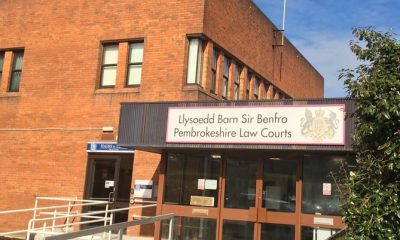
 Crime4 days ago
Crime4 days agoMilford Haven pensioner denies exposure charges
-

 Crime21 hours ago
Crime21 hours agoMan spared jail after baseball bat incident in Milford Haven

























